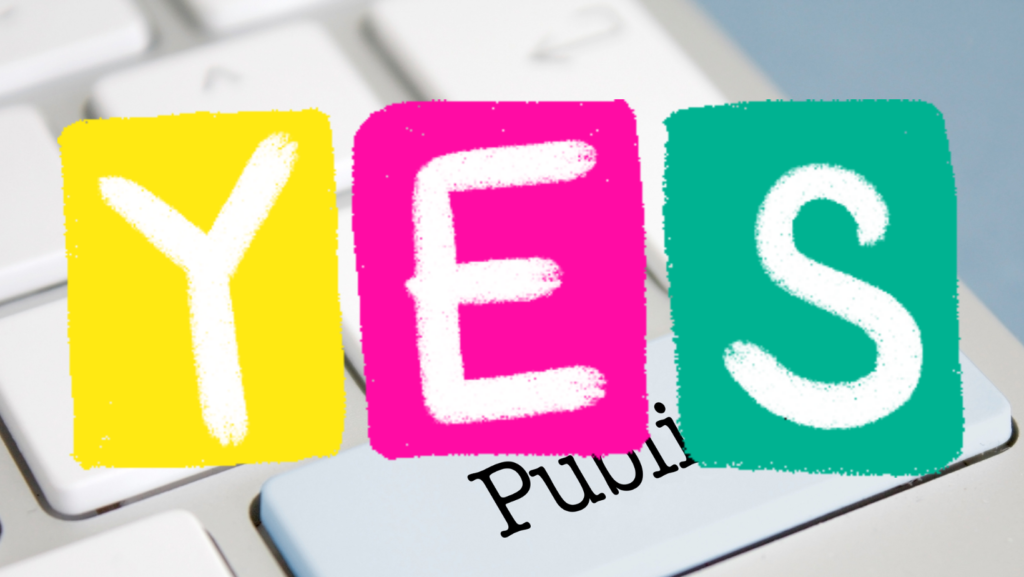
Self-publishing vs Traditional publishing
Self-publishing is a relatively new form of publishing that is becoming quickly accepted in India. Like anything new, writers want to know more about this form of publishing before they embrace it wholeheartedly. Knowledge will help them draw maximum benefit from it too.
On the one hand, there is the conventional form of publishing in which the cost is low but the entry barriers are very high. On the other hand, is self-publishing a print book with lower barriers but a higher price?
The writers wanting to publish a print book are at a loss, as to which type of publishing they should go in for. Traditional publishing or self-publishing? We analyse both types of publishing for you, the writer and lay bare the facts. This will help the author take an educated call about which publishing best suits them and their situation, traditional publishing or self-publishing.
For ease of comparison, we will take self-publishing to mean a self-publishing company. The pros and cons of self-publishing vs traditional publishing
Traditional Publishing
Upside:
- The biggest benefit is that there is NO payment to be made by the author to the publisher to publish his/her book.
- You do not need to spend time deciding which publisher you should go with. The publisher that is willing to publish your book with the best terms is the one you go with. It is a rare, lucky one, that will have more than one publisher willing to publish his/her book.
Downside:
- The biggest drawback is the uncertainty of whether your book will even get to see the light of day if you decide to take this route.
- The time spent, first in waiting to hear from the publisher whether the manuscript is accepted. Second, if the manuscript is accepted for publishing, then the time taken to make the book available in the market is uncertain and long. The publishing process can take anytime upward of a year and often more.
- This is often a closed process with little transparency, the writer having little control over either the publishing speed or its trajectory.
- You do not know if the publisher is accepting proposals for new books.
- What type of stories are the publishers accepting?
Then there are the grey areas. These areas some authors will consider as good and others will consider the same factors as not suitable.
- Traditional Publishing Company decides the shape the book is to take based on their analysis. The author or the publisher may make changes which the author may not like, or the author feels it doesn’t fit his idea of the shape his book should be taking.
- Largely there is no involvement of the author in the publishing process except in the marketing of the book
- The publishing process is entirely handled by the publisher except the marketing. The marketing is largely to be carried out by the author.
- Under the garb of traditional publishing, many publishers may ask writers to pay to publish their books.
Recommended for those:
- Who has a strong writing skill, proven track record as an author or strong personal credentials?
- Those who can take repeated, rejection and don’t mind if this means their book is never published.
- A writer who can afford to wait for a long time to see their published book.
Self-publishing Company
Upside:
- The biggest benefit is that the author rarely faces rejection. Publishing his book is almost a sure-shot.
- The process is quick, takes less than a month to a maximum of three months depending on the services you take.
- You, the author, are always kept in the loop, whether it is pre-publishing, printing, distribution or sales of your book. It’s an open process for authors.
Downside:
- The biggest downside is that one needs to pay to get the book published.
- You need to research to find the company that suits your needs and gives you all the services you have paid for.
The grey areas would be:
- The author’s desires/inputs are most important. Sometimes the author’s inputs or desires are not in tune with the market and the changes he requests does not work in the market. Here the author has a product he adores but the readers may not quite enjoy the same.
- The author decides depending on his budget, the services he would like to take. Because of a lack of experience or budget, the author may miss out on taking services that can be important for his/her book, e.g. editing, marketing.
- Self-publishing has a robust online presence this ensures, regular sales feed to the author and regular royalty payouts too but miss out on equally wide distribution to bookstalls and book shops.
Recommended for:
- New authors who want to test the market to see how well the readers accept their writing and where and how they can improve.
- For those authors keen to publish their work and get it out in the market.
- For those that cannot take rejection. Those who cannot wait for long to get their book published, eg, those who are professionals.
This article covers some of the fundamental differences, self-publishing vs traditional publishing, I hope, you the reader will be helped by this article.